The Science of How Music Can Help Induce Sleep, Relieves Anxiety and Pain in Patients
All rights reserved.
The author and publisher have provided this e-book to you for your personal use only. You may not make this e-book publicly available in any way. Copyright infringement is against the law. If you believe the copy of this e-book you are reading infringes on the author's copyright, please notify the publisher at: https://us.macmillan.com/piracy
I. Background
II. Clinical Trials of Music in Medicine
III. Clinical Trials of Music in Surgery
IV. Heart Variability: Mechanism
V. Music Can Enhance Exercise-Induced Sympathetic Dominancy Assessed by Heart Rate Variability
VI. The Mozart Effect
VII. Listening to Music Decreases the Need for Sedative Medication during Colonoscopy
VIII. Music for Sleep
IX. Energy Infused Water and Heart Rate Variability Demonstrated Efficacy for Parasympathetic Over Sympathetic in Health Maintenance
X. Music Thanatology
- Background
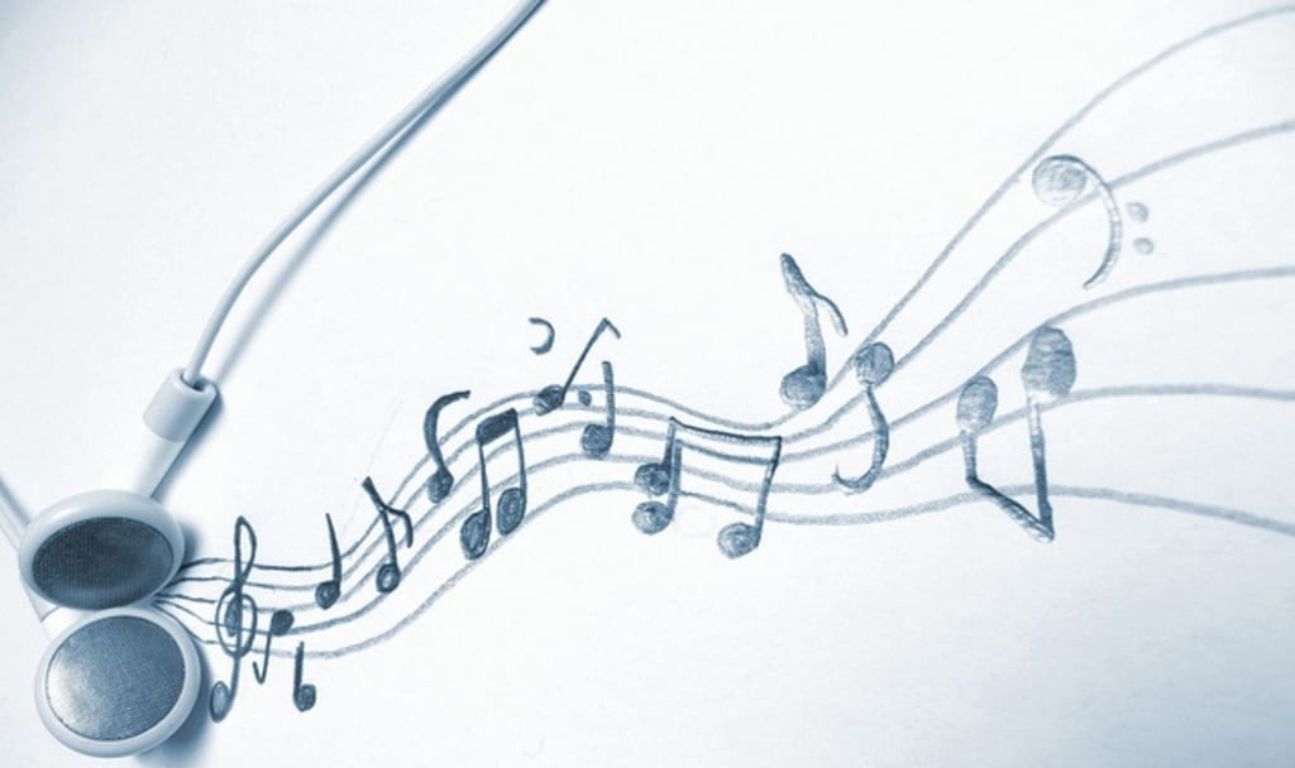 This manuscript was abstracted from a lecture for grand rounds for medical physicians. This paper explores the science of how music can help induce sleep relieves anxiety, and pain in patients. This method has been practiced from decades as a way to treat neurological conditions.
This manuscript was abstracted from a lecture for grand rounds for medical physicians. This paper explores the science of how music can help induce sleep relieves anxiety, and pain in patients. This method has been practiced from decades as a way to treat neurological conditions.
Now, advances in neuroscience and brain imaging are revealing what is actually happening in the brain as patients listen to music or play instruments and how the therapy works. It depends upon frequency following response, a naturally occurring phenomenon where the human brain has a tendency to change its dominant EEG frequency towards the frequency of a dominant external stimulus. Musical rhythm has been hypothesized to be a zeitgeber (ie pacemaker) with its ability to entrain neurons dependent on the strength of its signal relative to spurious signals from higher neural centers that introduce noise into the central pattern generator..
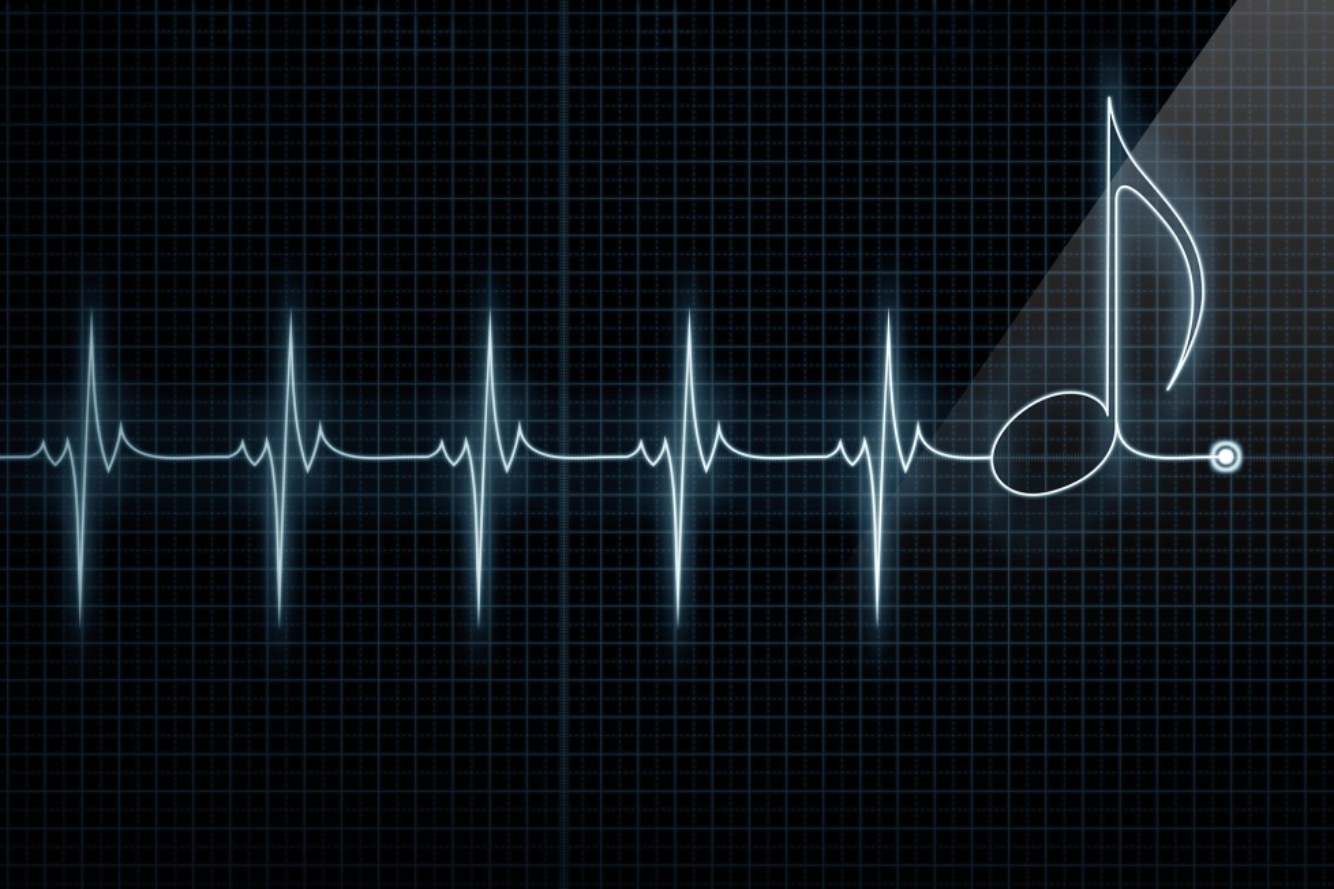
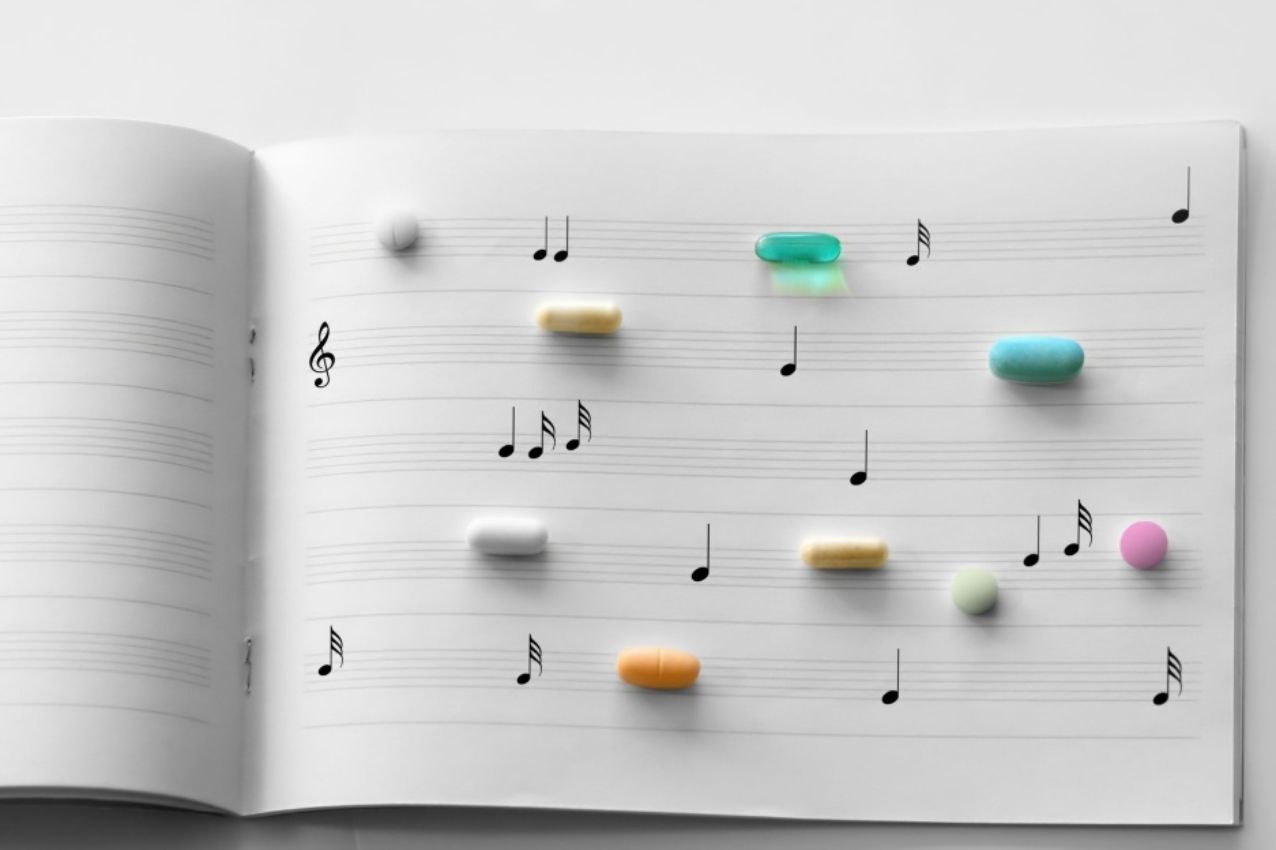 With fMRI brain imaging, the neuroscience of the effect of music can now be mapped to various regions of the brain. Intense musical emotion described as thrills and chills is associated the ventral striatum, amygdala, midbrain and frontal cortex (regions involved in reward, motivation and arousal. The Mozart effect is discussed. Live harp music has been shown to be beneficial in preterm infants in neonatal intensive care is associated with an reduced heart rate and deeper sleep at 30 minutes after therapy parameters.
With fMRI brain imaging, the neuroscience of the effect of music can now be mapped to various regions of the brain. Intense musical emotion described as thrills and chills is associated the ventral striatum, amygdala, midbrain and frontal cortex (regions involved in reward, motivation and arousal. The Mozart effect is discussed. Live harp music has been shown to be beneficial in preterm infants in neonatal intensive care is associated with an reduced heart rate and deeper sleep at 30 minutes after therapy parameters.
Studies on the efficacy of music therapy (MT) were done on pain and anxiety in children and adults undergoing clinical procedures. Overall MT showed a significant reduction in pain and anxiety. Clinical studies of music in adults undergoing procedures were also found to be efficacious. Music can also be used to help ease the journey of the terminally ill. Future apps for smart phone could predict how music can truly be uses as medicine!
In neuroscience, there is a phenomenon known as entrainment, which aims to cause brainwave frequency to fall into step with a periodic stimulus having a frequency corresponding to the intended brain-state (for example, to induce sleep) It depends upon a frequency following response, a naturally occurring phenomenon where the human brain has a tendency to change its dominant EEG frequency towards the frequency of a dominant external stimulus.
With fMRI brain imaging, the neuroscience of the effect of music can now be mapped to various regions of the brain. Intense musical emotion described as thrills and chills is associated the ventral striatum, amygdala, midbrain and frontal cortex (regions involved in reward, motivation and arousal)
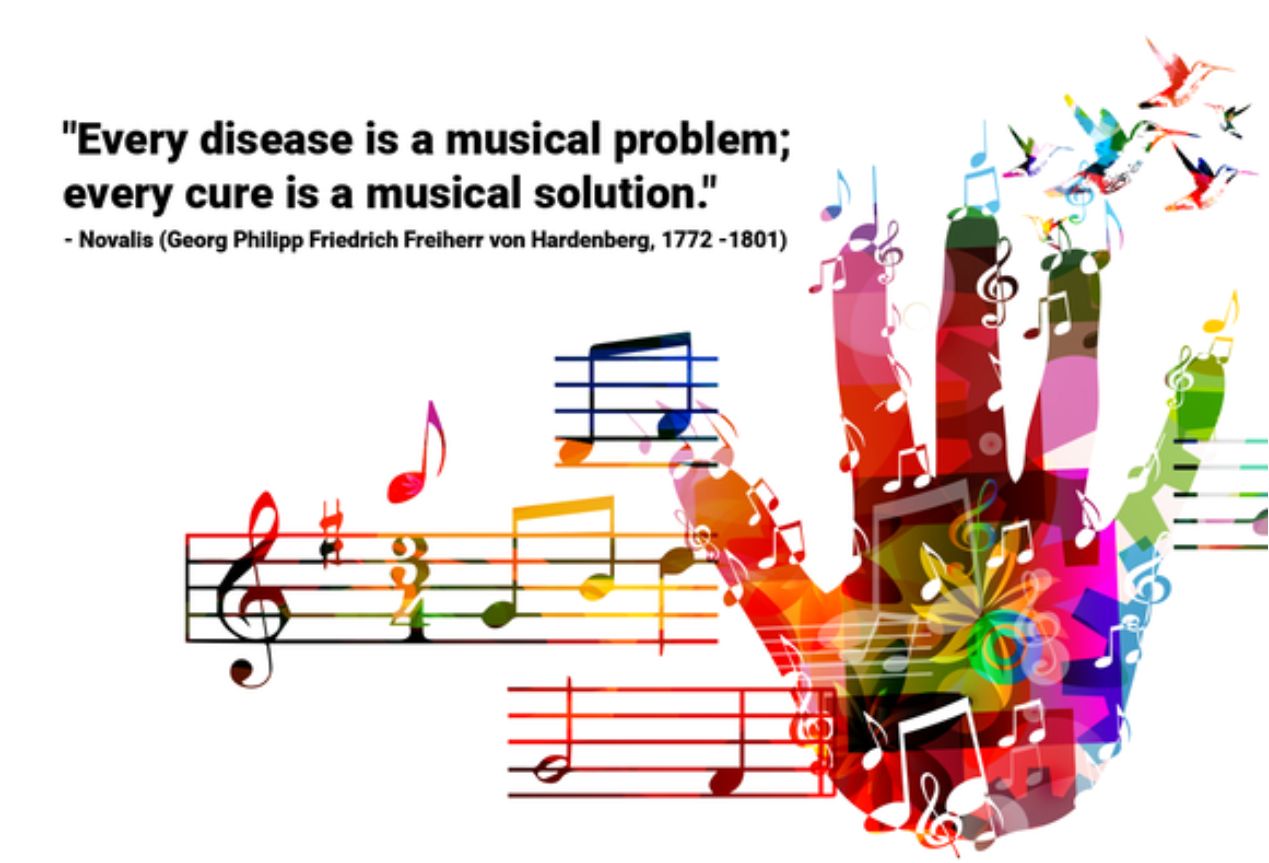 Musical rhythm has been hypothesized to be a zeitgeber (ie. pacemaker) with its ability to entrain neurons dependent on the strength of its signal relative to spurious signals from higher neural centers that introduce noise into the central pattern generator.
Musical rhythm has been hypothesized to be a zeitgeber (ie. pacemaker) with its ability to entrain neurons dependent on the strength of its signal relative to spurious signals from higher neural centers that introduce noise into the central pattern generator.
Daniel Levitin PhD, neuroscientist, record producer and writer who is currently associate professor at Mc Gill University, Montreal Canada, is credited with fundamentally changing the way that scientists think about auditory memory, showing that long-term memory preserves many of the details of perceptual experience coding process, and with drawing attention to the role of cerebellum in music listening.
The first stages of listening to sounds, is the perception and analysis of tones. Hair cells in the cochlea parse the incoming sound into different frequency bands, sending electrical signals to A1 (primary auditory cortex) telling it what frequencies are present.
Regions in the temporal lobe, including the superior temporal sulcus and the superior temporal gyrus on both sides of the brain, help to distinguish the different timbres heard. Regions in the temporal lobe, including the superior temporal sulcus and the superior temporal gyrus on both sides of the brain, help to distinguish the different timbres heard
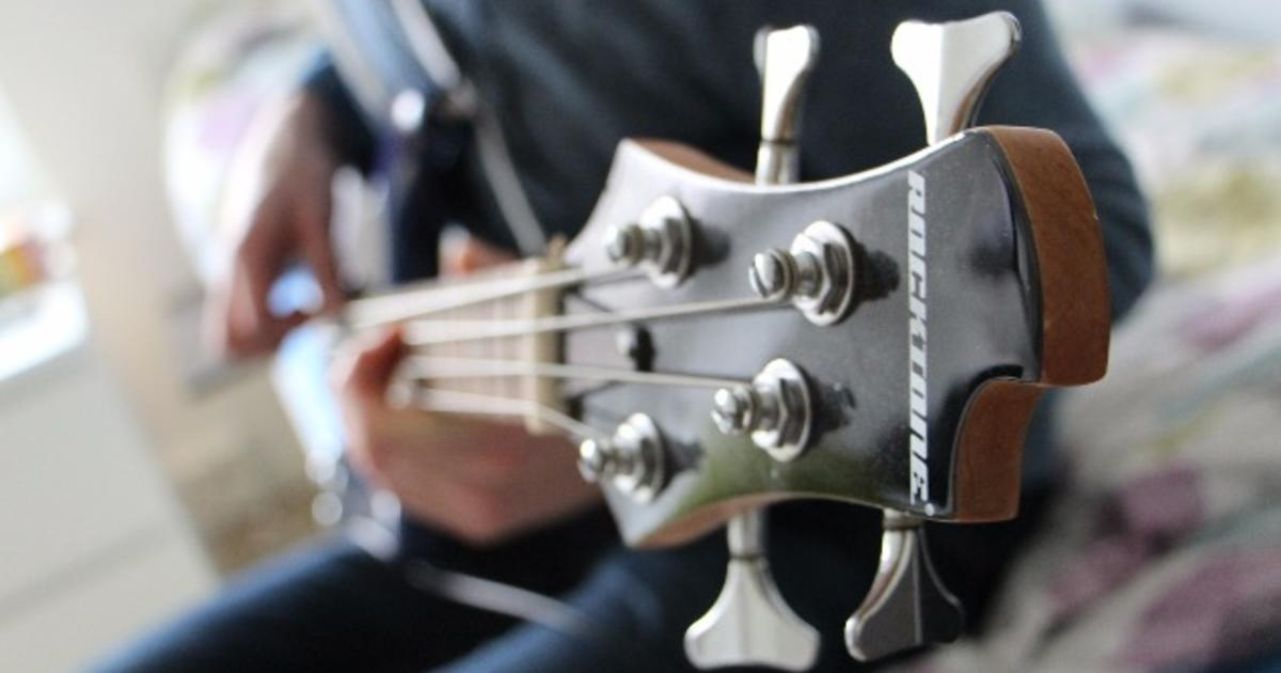
The Motor Cortex is where movement, foot tapping, dancing and playing an instrument and nucleus accumbens (NAc) is the center of the brains reward center. It is closely involved with transmission of opioids in the brain and the release of dopamine. The pleasure of listening to music can be blocked with naloxone.
Cerebellum is also involved in movements such as foot tapping, dancing, and playing an instrument and involved in emotional reactions to music. Corpus Callosum connects the left and right hemisphere. Neuroscientist Gottfried Schlaulg has shown that the front portion of corpus callosum (the mass of fibers) is 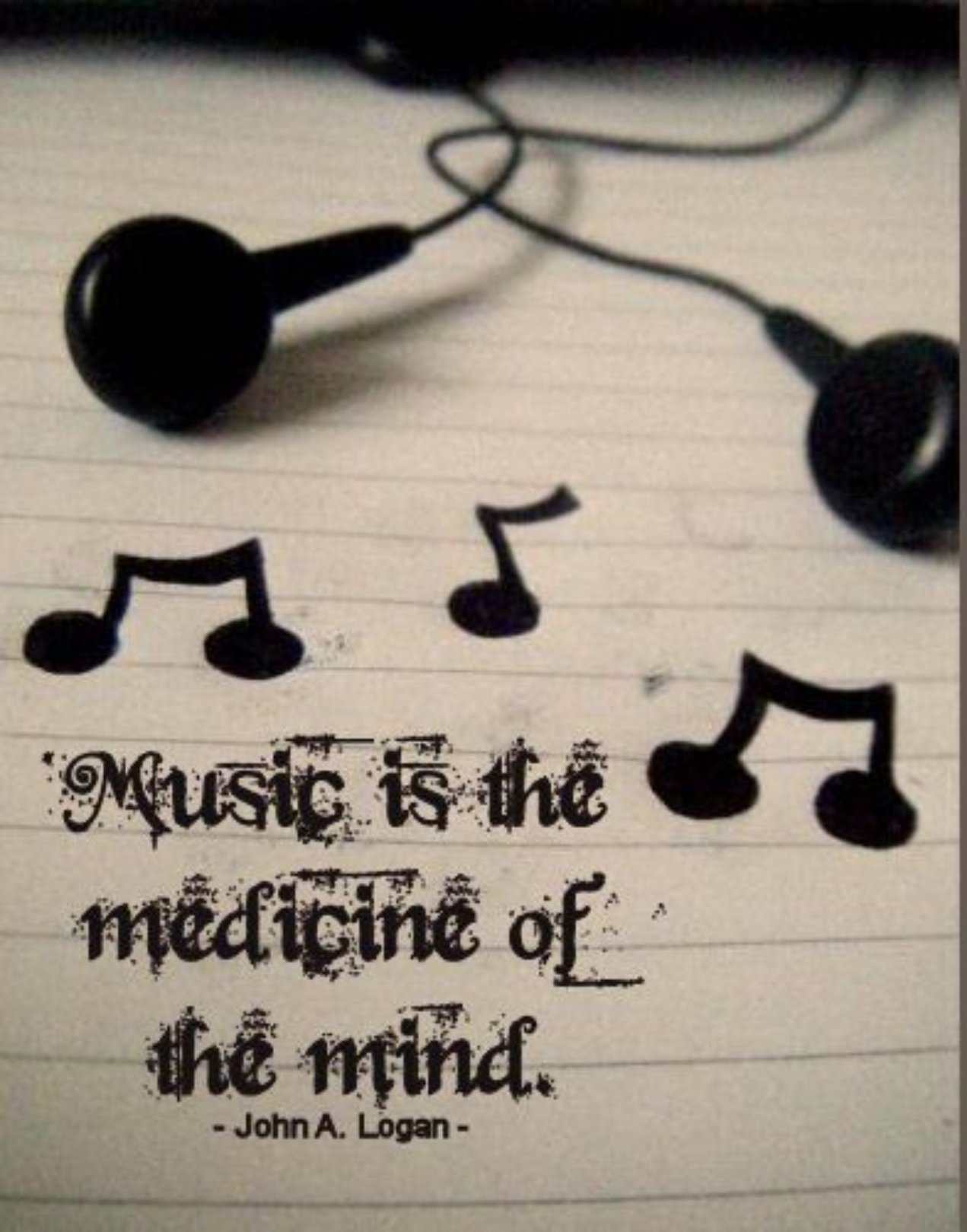 larger in musicians than non-musicians.
larger in musicians than non-musicians.
An increase of gray matter (cell bodies, axons and dendrites is also seen. Frontal Lobes put it all together and figure out if there is any structure and or order to the temporal patterning of it all.
The frontal lobes access our hippocampus and regions in the temporal lobe and ask it if anything in our memory banks that can help understand this signal.
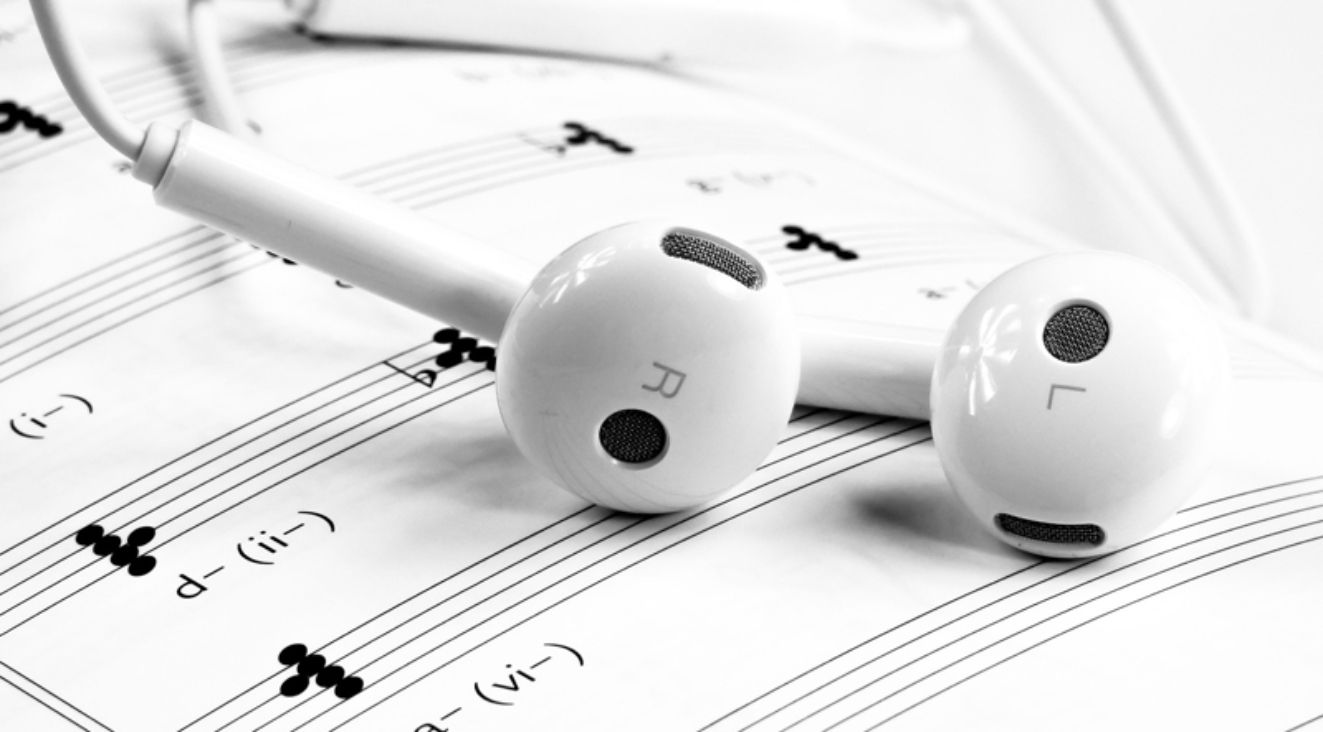 Remembering a piece of music or song may simply be the process of recruiting that same group of neurons used to help form a mental image during recollection.
Remembering a piece of music or song may simply be the process of recruiting that same group of neurons used to help form a mental image during recollection.
The amygdala, considered the seat of emotions, is adjacent to the hippocampus, crucial for memory storage. The amygdala is highly activated to music, but not to random collections of sounds or musical tones. Repetition, when done skillfully by a master composer, is emotionally satisfying to our brains, and makes the listening experience as pleasurable as it is.
According to one study, major keys and rapid tempos cause happiness. Minor keys and slow tempo cause sadness. Rapid tempos together with dissonance cause fear. Studies have shown that infants as young as 4 months show negative reaction to dissonance.

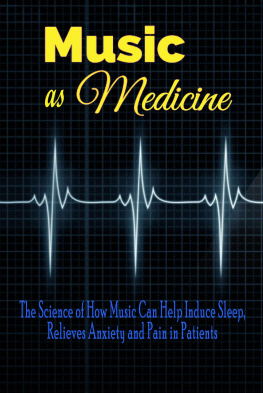
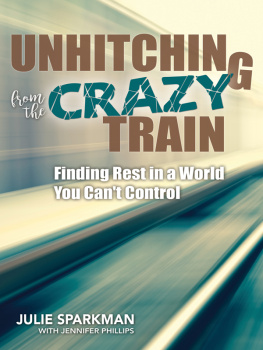
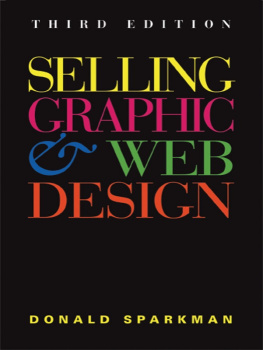

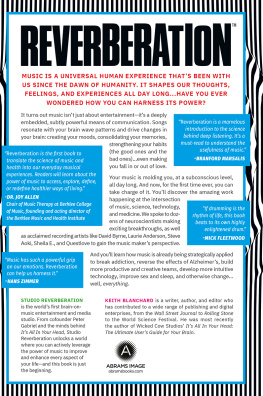

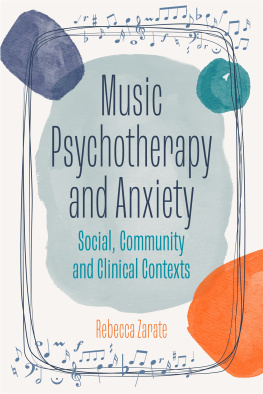
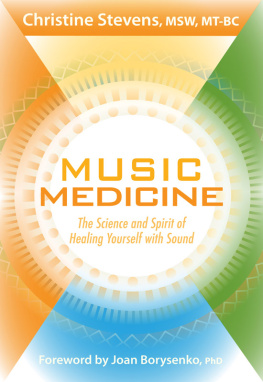
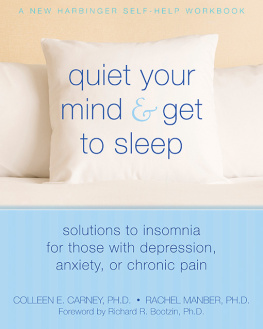
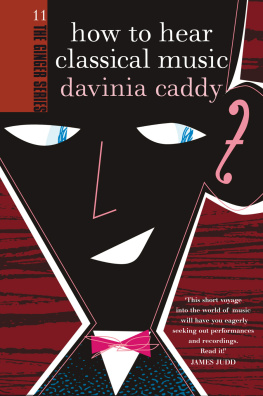
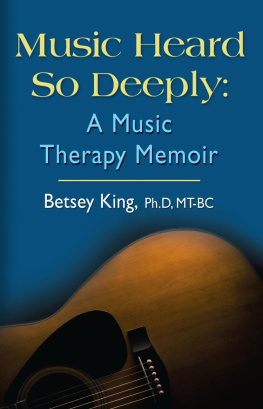
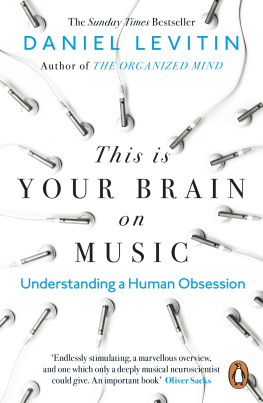
 This manuscript was abstracted from a lecture for grand rounds for medical physicians. This paper explores the science of how music can help induce sleep relieves anxiety, and pain in patients. This method has been practiced from decades as a way to treat neurological conditions.
This manuscript was abstracted from a lecture for grand rounds for medical physicians. This paper explores the science of how music can help induce sleep relieves anxiety, and pain in patients. This method has been practiced from decades as a way to treat neurological conditions.
 With fMRI brain imaging, the neuroscience of the effect of music can now be mapped to various regions of the brain. Intense musical emotion described as thrills and chills is associated the ventral striatum, amygdala, midbrain and frontal cortex (regions involved in reward, motivation and arousal. The Mozart effect is discussed. Live harp music has been shown to be beneficial in preterm infants in neonatal intensive care is associated with an reduced heart rate and deeper sleep at 30 minutes after therapy parameters.
With fMRI brain imaging, the neuroscience of the effect of music can now be mapped to various regions of the brain. Intense musical emotion described as thrills and chills is associated the ventral striatum, amygdala, midbrain and frontal cortex (regions involved in reward, motivation and arousal. The Mozart effect is discussed. Live harp music has been shown to be beneficial in preterm infants in neonatal intensive care is associated with an reduced heart rate and deeper sleep at 30 minutes after therapy parameters. Musical rhythm has been hypothesized to be a zeitgeber (ie. pacemaker) with its ability to entrain neurons dependent on the strength of its signal relative to spurious signals from higher neural centers that introduce noise into the central pattern generator.
Musical rhythm has been hypothesized to be a zeitgeber (ie. pacemaker) with its ability to entrain neurons dependent on the strength of its signal relative to spurious signals from higher neural centers that introduce noise into the central pattern generator.
 larger in musicians than non-musicians.
larger in musicians than non-musicians. Remembering a piece of music or song may simply be the process of recruiting that same group of neurons used to help form a mental image during recollection.
Remembering a piece of music or song may simply be the process of recruiting that same group of neurons used to help form a mental image during recollection.